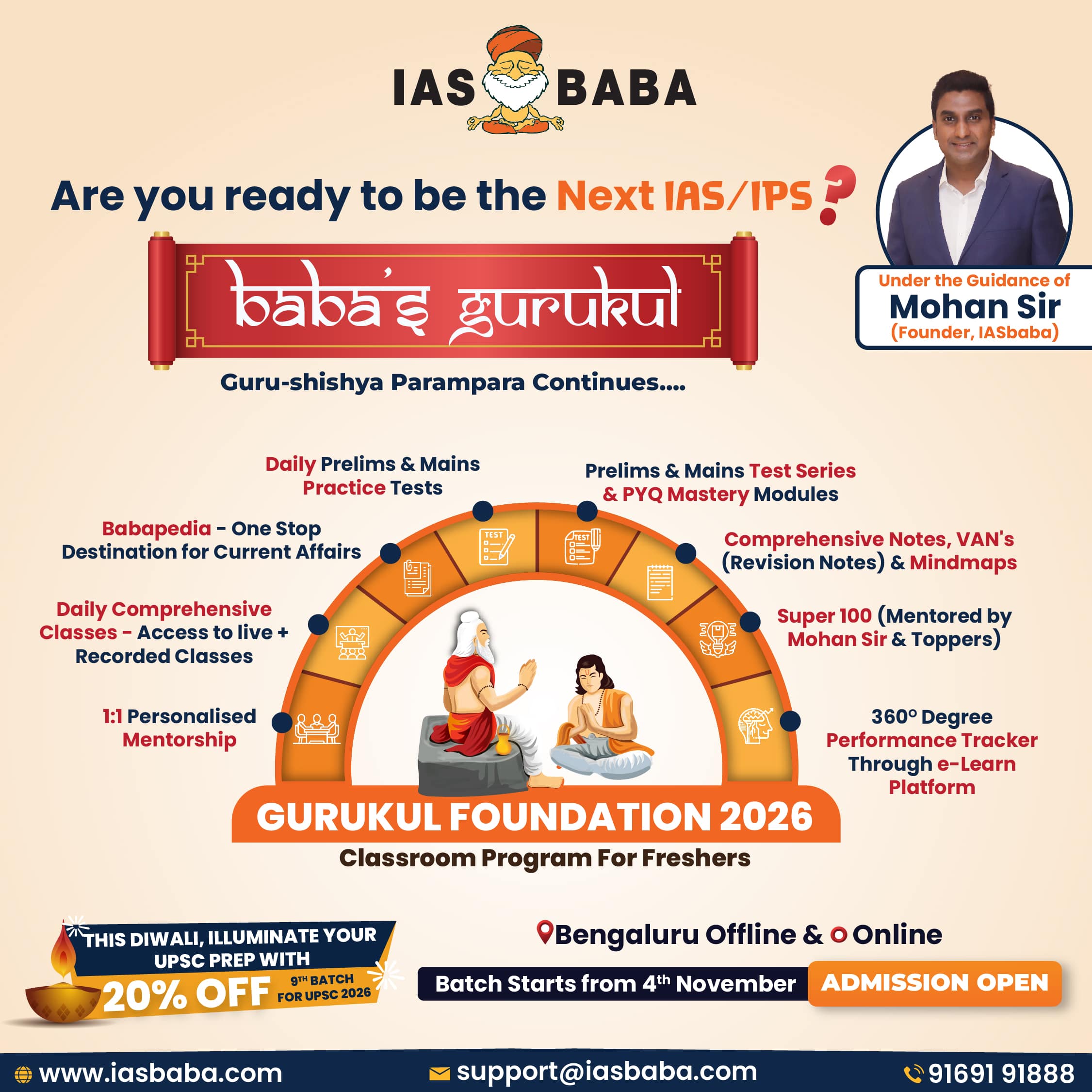Ethics Theory, TLP-UPSC Mains Answer Writing
Q. 17. The definition of a ‘Scheduled Tribe’ in India is both legal and socio-cultural. Critically analyse the criteria used for tribal classification. (250 words, 15 marks)
Introduction
Scheduled Tribes in India are identified based on Article 342 of the Constitution. Their classification depends on factors like distinct culture, remote location, and a long history of social and economic marginalisation.
Body
Constitutional and Legal Framework
- Article 342: Empowers the President to specify tribes as STs, subject to Parliamentary modification.
- No Uniform Definition: The Constitution does not define ‘tribe’—classification is based on state-wise context and historical distinctiveness.
- SC/ST Orders (Amendment) Acts: Periodically update the ST list, often after recommendations from states or commissions.
- Judicial Endorsement: Courts have ruled that tribal status once granted cannot be altered by individual claims unless notified by law.
- Exclusivity Clause: A group recognised as ST in one state may not be so in another—leading to regional disparities.
Socio-Cultural Criteria for Classification
- Primitive Traits: Traits like animism, shifting cultivation, oral traditions, and distinctive customs are often cited.
- Geographical Isolation: Historically inaccessible habitats like forests, hills, or islands are key indicators (e.g. Andamanese tribes).
- Social and Economic Backwardness: High poverty, low literacy, and exclusion from dominant caste economy are major criteria.
- Endogamy and Distinct Language: Linguistic and marital isolation from mainstream society is common among classified tribes.
- Community Self-Identification: Tribal consciousness, mythology, and resistance to assimilation are increasingly recognised in classification debates.
Critical Analysis and Challenges
- Over-Generalisation: The “primitive traits” criteria are seen as outdated and essentialist, ignoring dynamic tribal identities.
- Sidelining of PVTG: Dominant tribes may corner benefits, sidelining Particularly Vulnerable Tribal Groups (PVTGs).
- Political Pressures: Demands for ST status by groups (e.g., Gujjars in Rajasthan) often reflect political bargaining rather than anthropological basis.
- Neglect of Cultural Rights: Economic indicators dominate, but customary laws, governance systems, and spiritual traditions get lesser weight.
- Exclusion of Converted Tribals: Questions of religious identity and tribal status (e.g., Christians or Muslims of tribal origin) remain contentious.
Conclusion
Tribal classification should evolve with changing realities—focusing on lived experiences, community participation, and overlapping vulnerabilities. This ensures that affirmative action reaches the truly marginalised without confining tribal identity to outdated or rigid criteria.













